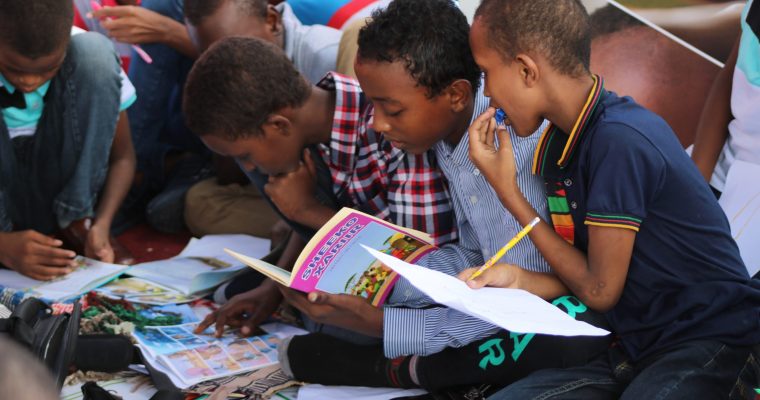According to the adage, two heads are better than one, collaborative learning benefits learners more. E-Learning experts have found that through collaboration, students teach each other by addressing misunderstandings, clarifying arduous terms, and evaluating other ideas. Therefore, a collaborative team is said to retain knowledge and attain a higher understanding than learners working individually. In this article, we will discuss vital collaborative learning activities that will help improve your learning experience.
Collaborative learning activities to boost the learning experience
Here are our favorite collaborative learning activities that will help improve your learning and build your interpersonal skills.
1. Group or pair discussion
Group or pair discussions allow learners to form a discussion learning group where each member contributes. There is a range of group or pair discussions which includes.
Talk partners.
In this collaborative learning, Learners are paired together for short discussion activities. Pair may be selected randomly or sometimes intentionally to boost the learning experience of learners in the group. Learners talk about challenging topics and find a way to solve them based on previous lesson contents.
Think-Pair-Share
The think-pair-share technique is collaborative learning activities that allow learners to work in pairs to analyze, evaluate, or synthesize a topic. The instructor may pose a question, the learners prepare an answer to the questions and explain their idea to a partner. After the pair have discussed the issue, they join up with the other team to share their views.
Listening triangles
This collaborative learning activity works best among three learners: the speaker, the questioner, and the note taker. The speaker explains a topic as directed by the instructor, the questioner listens and asks a question for clarification and other details, and the note taker observes and takes note of important points during the process
Snowballing
In this collaborative learning activity, learners investigate a topic in a pair. The pair join with other teams to form a group and share their feelings about the subject. The small group also joins with another group to create a more extensive group until the whole class forms the biggest group. In the end, the entire class must have shared the thought about the topic.
2. Share tasks, such as matching, sorting, or ranking
This collaborative learning activity encourages learners to work collectively on a shared task. Of course, this could include matching, sorting, or ranking, depending on the topic. For example, language learners may be asked to match or sort words in a sentence according to their part of speech.
3. Drama and role-playing
Drama or role-playing is an effective collaborative learning activity because it helps to reduce anxiety. And it is versatile. Role-playing is a fun way of making learning memorable. Students share ideas, values, knowledge, and skills in problem-solving. The use of drama and role play can give learners the ability to build talent and sharpen their interpersonal skills.
4. “Information exchange” collaborative learning activities
Information exchange collaborative learning involves the communication between two or more learners. In these learning activities, learners pass information to each other verbally.
Jigsaw technique
The Jigsaw is a unique collaborative learning activity because a student could learn a piece of material. And teach it to other members of the group. For example, in healthcare seminars, 2-3 learners learn a different topic to teach others. Subjects must be rotated among learners so that every member of the group can participate in the learning. This technique has long been in use to boost communication skills and interdependency among learners.
Barrier game
A barrier game is a form of information exchange activity that involves two learners. Learner A sits with Learner B with a barrier between them and is required to pass information. For example, learner A and learner B may hold partially completed information, different from each other. That means that learner A has information missing in learner B. Learner A will give learner B instructions to help them complete their missing information and vice versa. At the end of the game, both would have learned the whole piece.
5. Games and activities with competitive elements
Games are also collaborative learning activities that can help boost learners’ engagement and experience. Gaming is an effective way to motivate learners and boost their morale. For example, split the class into groups. Give each group assignments and score them. You can do this 4-5 times throughout the whole term/session. The group with the highest point at the end wins. You can add a reward to motivate the learners.







